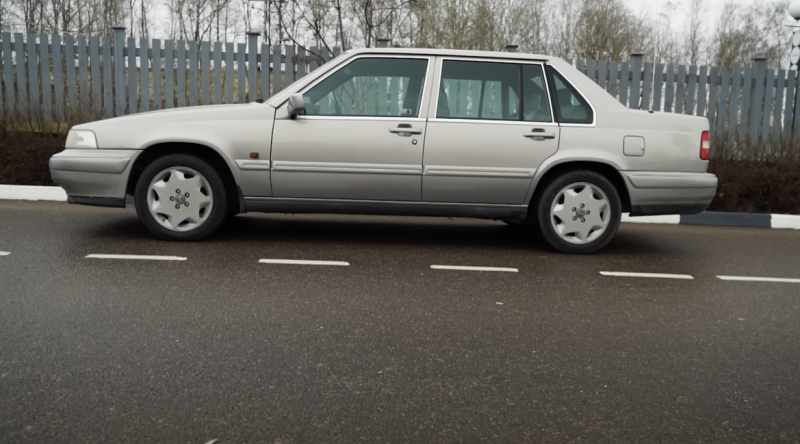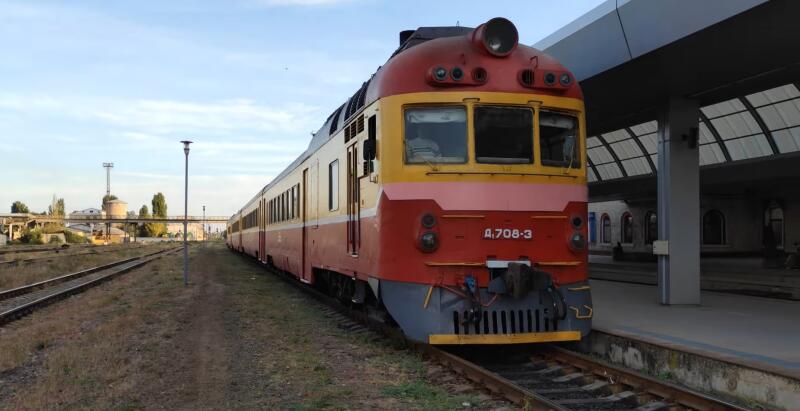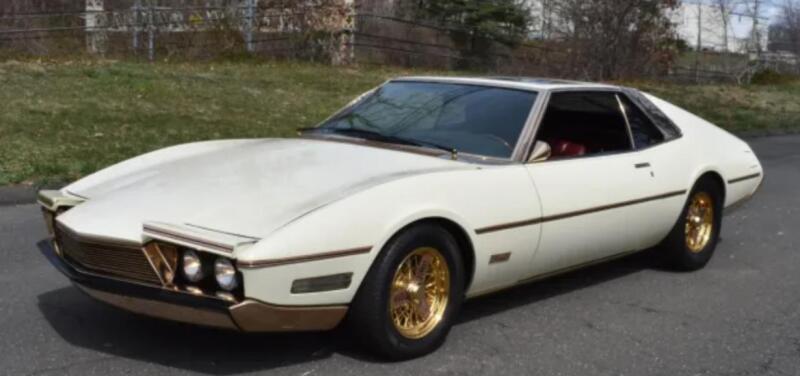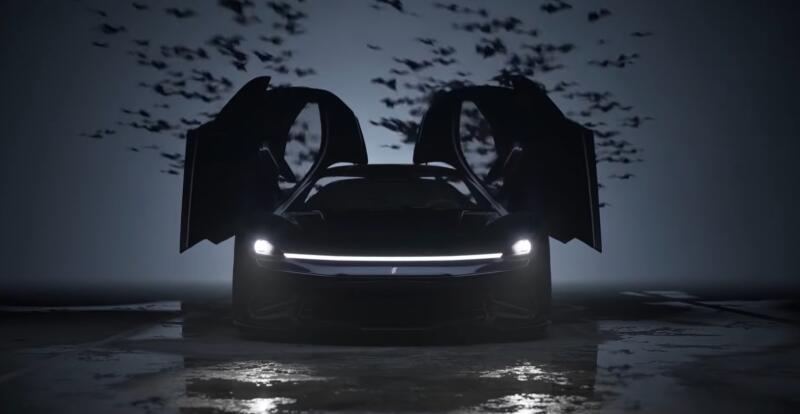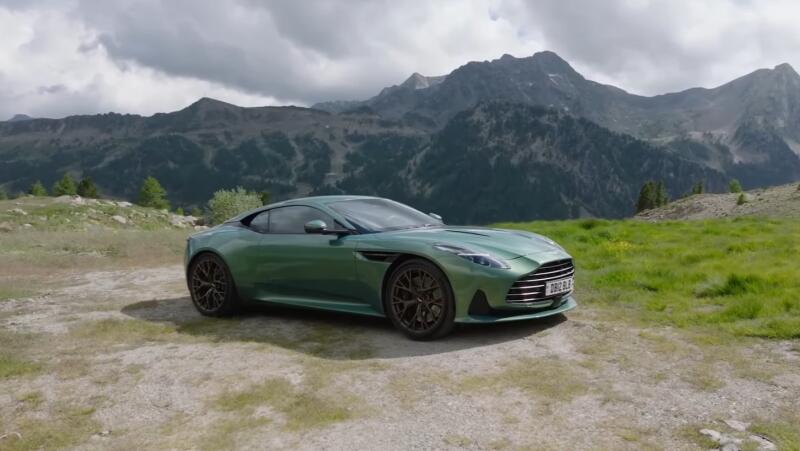Not only was it a compact aircraft - it could land both on the ground and on a car trailer, the deck of a ship, or simply on the water. This significantly expanded the possibilities of use and made this option interesting for operation on the sea fleet.
A bit of history
The initiator and leader of the project was the legendary designer Nikolai Kamov. It was around him that a team of young engineers rallied, the bureau was named OKB-2. It was located on the territory of the country's first factory focused on the creation of helicopters, which had the necessary production facilities and infrastructure for test flights.
 One of the test flights of the Ka-10. Photo: youtube.com
One of the test flights of the Ka-10. Photo: youtube.comThe historical fact is that the helicopter was developed within a few months. But you need to keep in mind that the model was built on the basis of the Ka-8, changing some nodes and making improvements. That is, the technique was not made from scratch, which saved time.
Initially, 4 copies were built. No. 1 was intended for life tests, the rest - for flight tests. The first flight took place on August 30, 1949 and ended successfully. The aircraft made a circle and landed.
During the last stage of testing at the Izmailovo airfield, a tragedy occurred. Pilot Mikhail Gurov conducted the flight for a while. Apparently, to save fuel, the rotation speed of the propellers was reduced by 5%, which at some point led to a stall. Because of this, the helicopter scrambled, for the first time Gurov managed to stabilize it. But the repeated pitch-up became fatal - the blades folded and the equipment fell from a height of about 200 m. The pilot died from his injuries.
 The pilot was located under the screws without any protective screen. Photo: youtube.com
The pilot was located under the screws without any protective screen. Photo: youtube.comTest flights continued in 1950, after the completion of the mandatory program, state tests were carried out. In 1951, a decision was made to build ten Ka-10 helicopters for the needs of the USSR Navy. And everyone who participated in the creation of the model was presented for the Stalin Prize.
Design features
The frame material is chromansile pipes, the diameter varied from 8 to 18 mm. There was a support platform in the center, the AI-4G engine was placed on it, and the pilot's seat was located nearby. On the sides of the supporting structure, two supports were attached in the form of cylinders, into which air was pumped under low pressure.
For the support elements, a rubberized material was used, which, for reliability, was folded in two layers. The internal space was divided into 4 parts, so that in case of damage to the cylinder, the design provided the necessary buoyancy and softness of the landing. To increase wear resistance, a rubber strip was additionally glued along the entire length of the lower part. A tank with a capacity of 33 liters was placed in front, struts for the tail structure were attached immediately behind the pilot's seat.
 The left lever controlled the helicopter's lift. Photo: youtube.com
The left lever controlled the helicopter's lift. Photo: youtube.comThe torque from the power unit was transmitted through the lower motor and upper distribution gearboxes. The power casing covered the tubular main shaft. Since the screws moved in opposite directions, the torque was distributed between them using a lever. Management consisted of both manual elements and pedals. One lever changed the angle of inclination of the screws, thereby adjusting the lifting force, the second regulated the plane of rotation, which made it possible to move in the right direction.
With a rotor diameter of 5,8 m, the length of the platform was 3,5 m at a height of 2,5 m. With a dead weight of 239 kg, the helicopter could carry up to 131 kg of cargo. Speed - up to 120 km at an altitude of 2500 m. In various sources, the practical flight range was indicated in the range from 140 to 170 km. At the same time, fuel consumption was only 12 kg of fuel, which at that time was a meager indicator.
The mobility of the vehicles was excellent, even today there are few analogues that can maneuver so skillfully in a limited space and land with the same accuracy. But at the same time, the pilots noted that when driving, it is necessary to apply a sufficiently large force both on the levers and on the pedals. This is due to the fact that the system was borrowed from the Ka-8. An increase in torque by 70% significantly increased the friction force in the splines along which the bushings ran, which caused “heavy” steering.
 The right handle could easily set the direction of movement. Photo: youtube.com
The right handle could easily set the direction of movement. Photo: youtube.comNaturally, there was no talk of any aesthetics and comfort at that time. The Ka-10 was a purely utilitarian technique designed to perform certain tasks. The absence of a cabin made operation in winter impossible.
The model used equipment such as altimeter, variometer, speed indicator. The speed of rotation of the propellers was also shown, a slip sensor and a compass were installed. Instruments and other equipment were powered by batteries.
For communication, the RSI-3M1 radio station was used, on board there was a cylinder with compressed air, with which the engine was started. In case of landing in the forest, there was a rocket launcher in reserve. Of the interesting additions, we can note the presence of brackets for buoys and a movie camera.
 The helicopter could land on the water and rise from it. Photo: youtube.com
The helicopter could land on the water and rise from it. Photo: youtube.comAs for safety, in case of an accident at high altitude, it was necessary to recline the back of the seat, unfasten the belts and just fall down. This is how the rescue of the pilot was realized - everything had to be done manually, no automation was provided.
The fate of the helicopter
OKB-2 in 1952 produced 10 pieces of equipment by order of the fleet. Interestingly, the sample did not pass the tests that were scheduled before commissioning. Despite this, representatives of the Navy did not abandon the equipment. The developers were sent an act with the problems found, according to which all of them were eliminated.
The helicopters were located on board the battleship Novorossiysk, which at that time was in Sevastopol. They were used for various purposes: transmitting messages and important packages between warships, directing artillery fire during firing practice, detecting submarines and minefields, etc.
The tests lasted 3 months. During this time, helicopters made over 480 sorties. As a result, it was concluded that the technique is quite simple to operate and has proven itself well. But for the needs of the navy, two-seat modifications are needed, on which additional equipment and light weapons can be used.
 At the parade in Tushino, a Ka-10 helicopter landed on the ZIS-150 platform. Photo: youtube.com
At the parade in Tushino, a Ka-10 helicopter landed on the ZIS-150 platform. Photo: youtube.comThis put an end to the history of the Ka-10; instead, the two-seat Ka-15 was developed. But the commander of naval aviation requested the production of fifteen improved modifications, in which the letter "M" was added to the name. A number of changes have been made to them: a modified control system, enlarged propellers, an upgraded tail unit, etc. This increased the reliability of the helicopter and improved its directional stability.
In 1953, the Ka-10M took part in the Aviation Day parade held in Tushino. During ceremonial events, he got into the back of a ZIS truck.
It is known that the technique was used to train pilots before they boarded the two-seat version. There is no exact information about the terms of operation and information about surviving specimens. I would like to hope that at least one helicopter remained, because this is an example of design ideas of the late 40s and one of the founders of the legendary Ka series.

